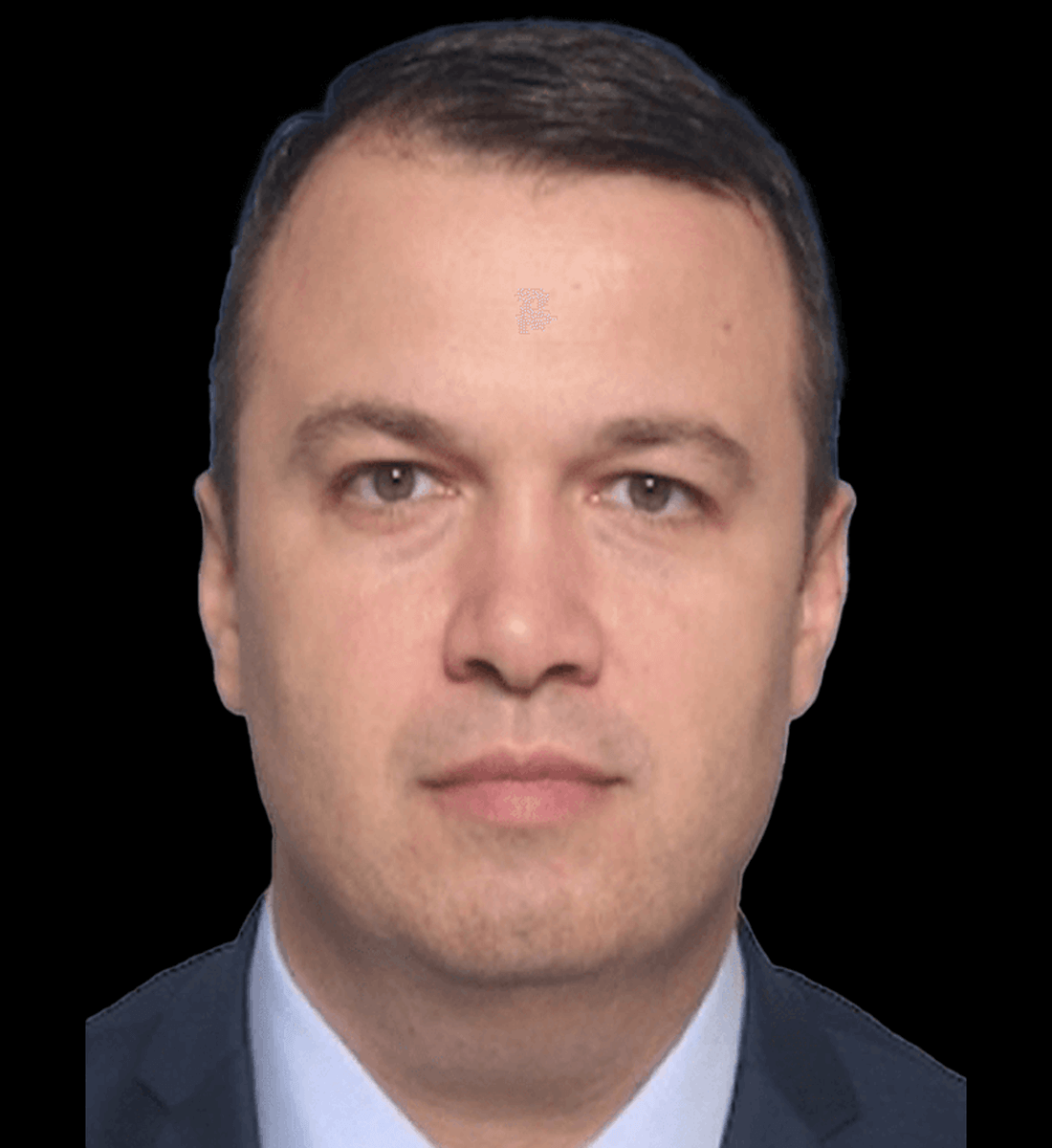Identifying The Ultimate Beneficial Ownership
Faculty
Daniel Marius Staicu
Head of Compliance, Victoriabank – Group Banca Transilvania; Evaluator MONEYVAL Committee CoE
Facilitator: Daniel Marius Staicu - Head of Compliance @ Victoriabank – Group Banca Transilvania
Presenter/ Trainer/Council of Europe Expert/Evaluator MONEYVAL Committee CoE
Criminals always tried to circumvent anti-money laundering (AML) and counter-terrorist financing (CFT) measures, using various legal persons in order to disguise and convert the proceeds of crime before introducing them into the financial system. The fewer information regarding both the legal owner and the beneficial owner, the source of the corporate vehicle’s assets, and its activities is available, the better.
Individuals and groups seeking to conceal the ownership of a legal person or arrangement are most likely to exercise control over those legal persons or arrangements via a combination of direct and indirect control, rather than strictly one or the other. In a majority of cases, the beneficial owner used a combination of layering and direct ownership chains, as well as professional intermediaries and third parties exercising control on their behalf.
Romania, in its continuous efforts to fight against money laundering and terrorist financing, put in place sound legal provisions ensuring the transparency of the legal persons and arrangements. However, recent amendments weakened the strength of the system, creating challenges in obtaining accurate and up-to date information about the beneficial owners of a legal person or arrangement, for both law enforcement agencies in their judicial procedures and financial institutions and DNFBPs in their CDD/KYC activities.
Learning Outcomes
Understand the EU and international definitions of the Beneficial Owner (BO)
Better understand and apply the current Romanian legislation in respect to the identification of the BO
Awareness of the obligations of the obliged entities to identify and report the information on their BO
Awareness of the misuse of the legal persons and arrangements
Shadowing the UBO to evade international sanctions
Content
The definition of Beneficial Owner – B.O. – F.A.T.F.-G.A.F.I. approach
Identifying the B.O. - good practices and global challenges - tax heavens, shell companies, front companies, shelf companies
The B.O. – EU legislative framework
The B.O. in Romanian legislative framework – overview, obliged legal entities (companies, non-profit legal entities, fiducia, etc.) registers, challenges, deficiencies, evolution
Access to information by competent authorities
Target Audience: AML & Compliance Managers and Officers, Risk management Officers, Management executives, Legal, Regulatory, Audit, Law Enforcement representatives, Consultants etc.
Number Of Participants: limited to maximum 12
The webinar will be highly interactive, based on discussions and case studies.
Daniel is an accredited trainer in various fields, an evaluator of competencies and, an evaluator of the Council of Europe (CoE) - MONEYVAL Committee in assessing the compliance of Member States' AML/CFT systems with international standards and recommendations for the 5th Round of evaluations.
He is also a Council of Europe Expert, providing training in AML/CFT for the Eastern Partnership. He was head of Romanian FIU for almost three years, a position from which he was involved in coordinating risk, operational and strategic analysis, enforcing the law in the field of AML / CFT and international sanctions and coordinating the transposition of European laws into national legislation.
This position followed more than 20 years of experience in the structures of the frauds investigation police, where he held various management positions. Starting november 2021, is the Head of Compliance@ Victoriabank – Group Banca Transilvania.
Facilitator: Daniel Marius Staicu - Head of Compliance @ Victoriabank – Group Banca Transilvania
Presenter/ Trainer/Council of Europe Expert/Evaluator MONEYVAL Committee CoE
When: Registration:
June 21, 2022 (2 pm – 5,15 pm) by June 13, 2022
December 8, 2022 (2 pm – 5,15 pm) by November 28, 2022
Duration: 3 hours (net)
The webinar will be delivered using Online Platform, allowing the virtual participation, both from home and from work, with no risks associated, using just a browser. After the registration to the course, one day before the online sessions took place, the participants will receive a link to access the virtual classroom.
A digital Certificate will be issued by Envisia after the course.


